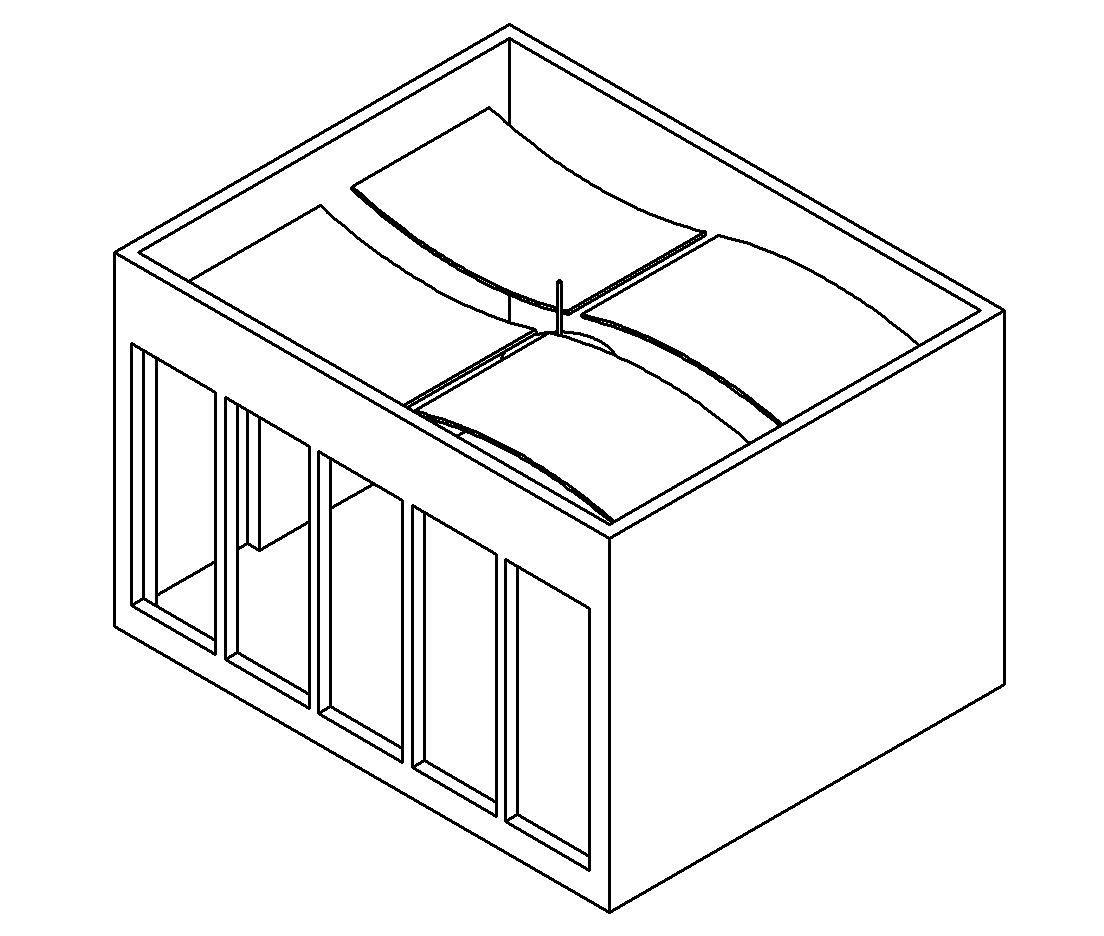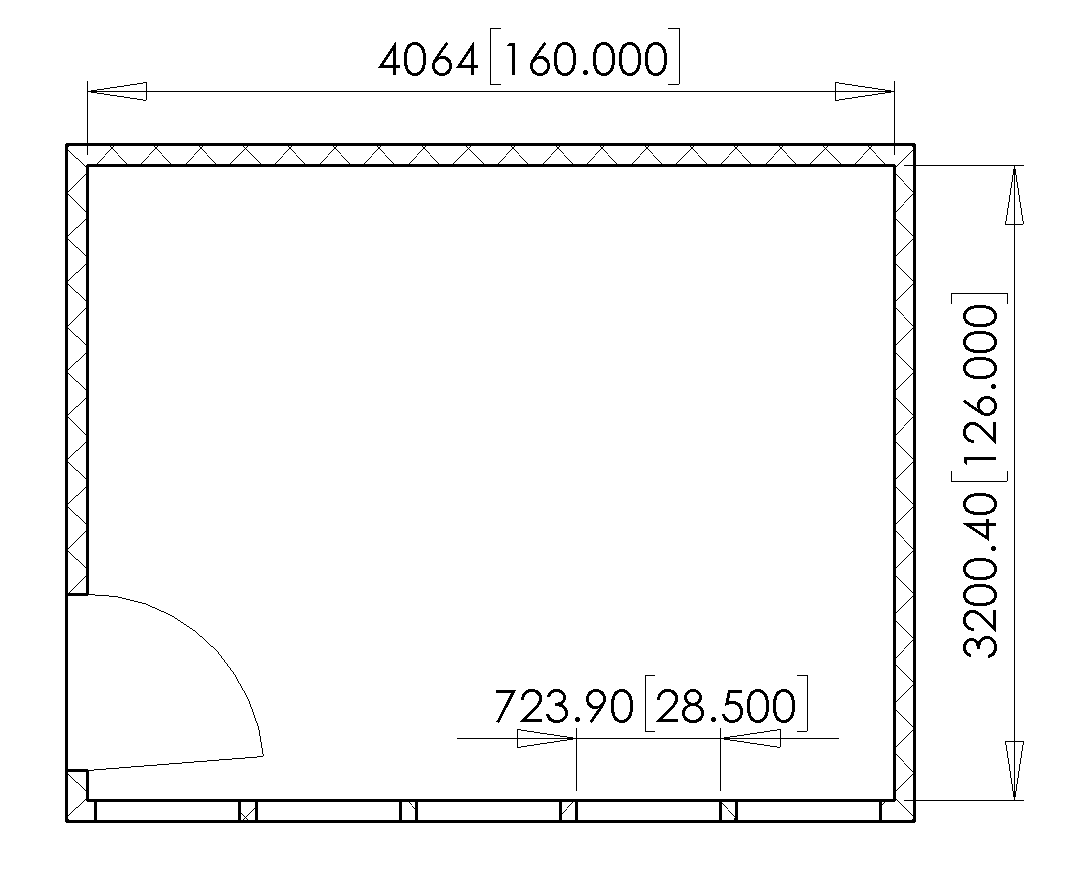Exercise: Light and Air Prototype¶
For this exercise I would like each group to fabricate a prototype textile artifact which can be kinetically activated using moving air and dynamic lighting. These pieces will be installed in the HL A11 class ‘theater’ and should be conceived within the constraints and context of the space.
This objective is a rapidly prototyped proof-of-concept; the emphasis is on exploring a kinetic process rather than fine handiwork. So you are encouraged to use textile techniques which are easy to modify: knots, straight pins, safety pins.
In your exploration, please focus on the movement achievable with your artifact. A good heuristic is that the experience of seeing it should substantially change once air and light are applied. You are welcome to use any of the textile materials we have on hand.
Deliverables¶
Each group should please:
bring an artifact to class on Tuesday ready to test
post a brief Google Doc to the correct shared folder with the following:
one-sentence summary of the concept
several photos of the prototype
HL A11 Theater Space¶
The HL A11 room is normally a study room and only temporarily available to us. For now we will need to observe the following restrictions:
We are not allowed to drill into the walls or ceiling, so everything we use must either be free-standing, on a pedestal, or suspended from a C-stand.
For now, the door will generally be locked, although you may check out a key from Lending.
For this exercise, works will be viewed through the glass.
The basic plan is for each group to utilize a single window, but this is negotiable.

Isometric view of the HL A11 study room we will be using for a theater. This synthetic view show the five glass windows onto the corridor, the curved suspended ceiling panels, and the central suspended light fixture.¶

Plan view of HL A11. The leftmost window conflicts with the door opening, so only four windows are usable for pieces. Not shown: electrical outlets at left, rear, and right; whiteboard in rear.¶
Technical Resources¶
The following resources will be available:
Four C-stands.
Four lamps on lighting stands, controlled via DMX dimmer. The lamps are Soraa 00803, PAR30, 1050 lm, 5000K, CRI 95. Intrinsic beam angle is 9 degrees, but we have magnetic beam spreaders.
Color lighting gels as needed.
Four HT-900 air circulators, controlled via DMX dimmer.
Several RGBA DMX color light fixtures. These are Chauvet Slim Par Pro; the fourth A channel is Amber.
Linux control computer with attached DMX system.
The basic plan is for each group to utilize a single fan and lamp, but this is negotiable.